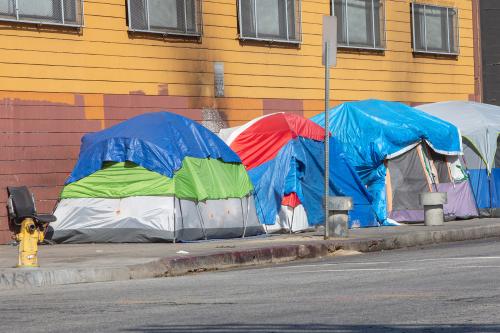Introduction
I would like to thank Rebecca Riley of the MacArthur Foundation for the opportunity to come here and talk about one of my favorite topics in the world—the transformation of public housing. It is also a real pleasure to be reunited with folks with whom I served at HUD—Joe Shuldiner, Mindy Turbov, Val Piper and Helen Dunlap. This has been an interest—some would say obsession—of mine since I started working at the Senate Housing Subcommittee in 1987. In these 12 years, we have seen a virtual revolution in national public housing policy. It has changed:
- from one that exacerbated the concentration of poor families in distressed neighborhoods to one that embraces economic integration in public housing developments;
- from one that confined housing choices for low-income families principally to urban neighborhoods of high poverty to one that opens up housing opportunities for such families in the larger metropolitan marketplace;
- from one that emphasized the role of public housing as affordable shelter to one that treats public housing as a means to rebuild communities and as a platform to help residents make the transition to work and self-sufficiency;
- and from one that focused on rehabilitating troubled high-rise and other densely populated developments to one that calls for the demolition and replacement of 100,000 distressed units.



Commentary
The Transformation of Chicago’s Public Housing: Challenges and Opportunities
February 26, 1999